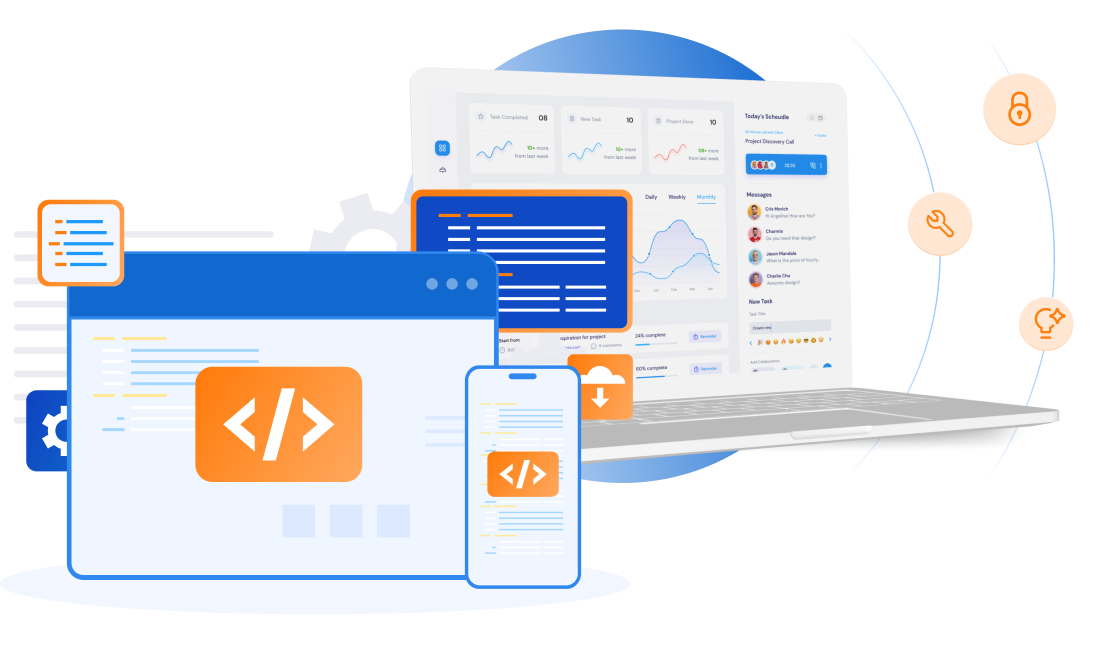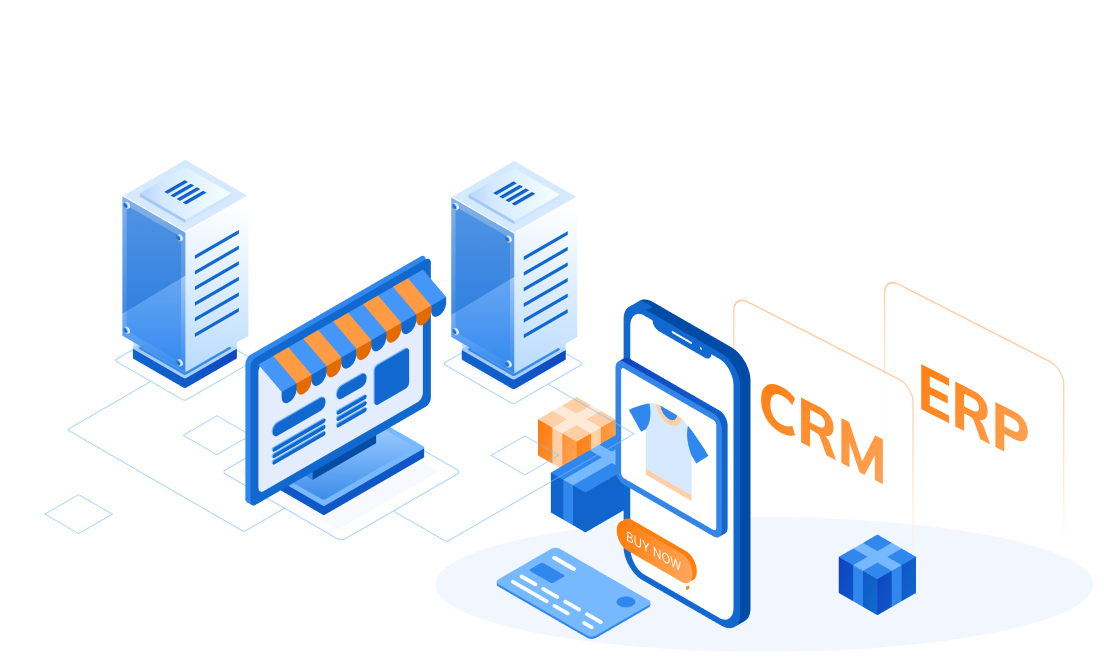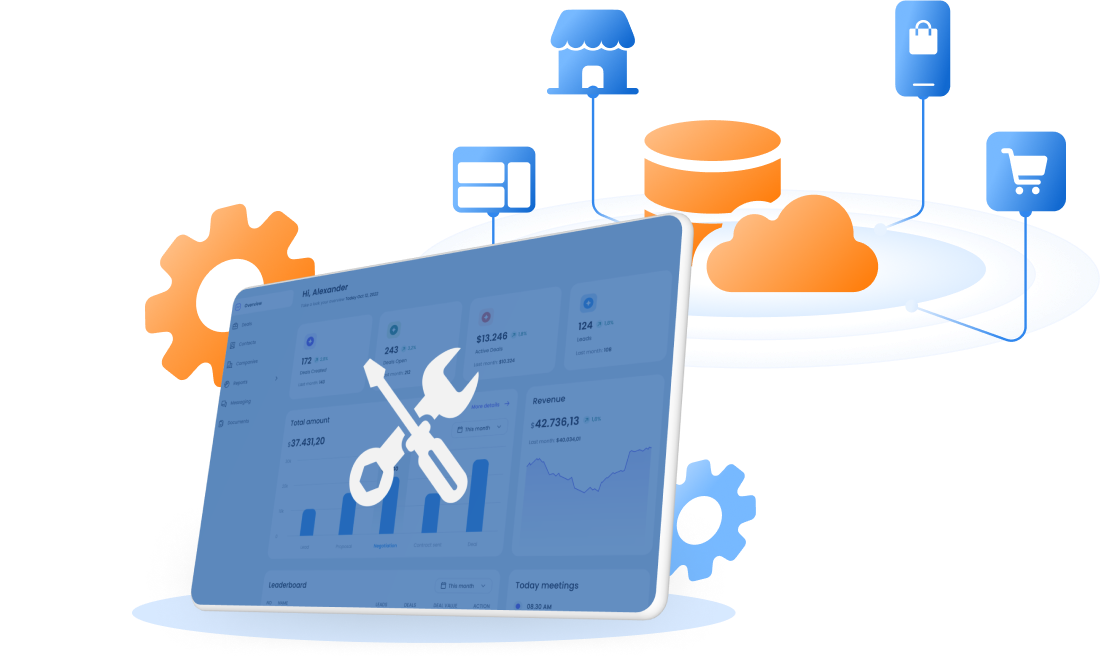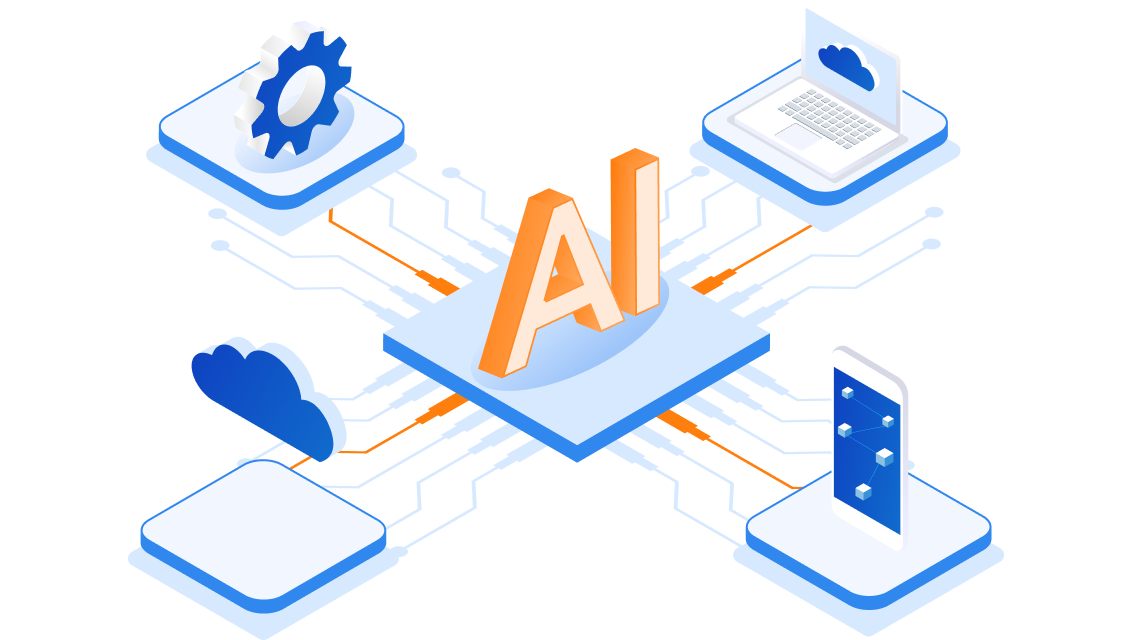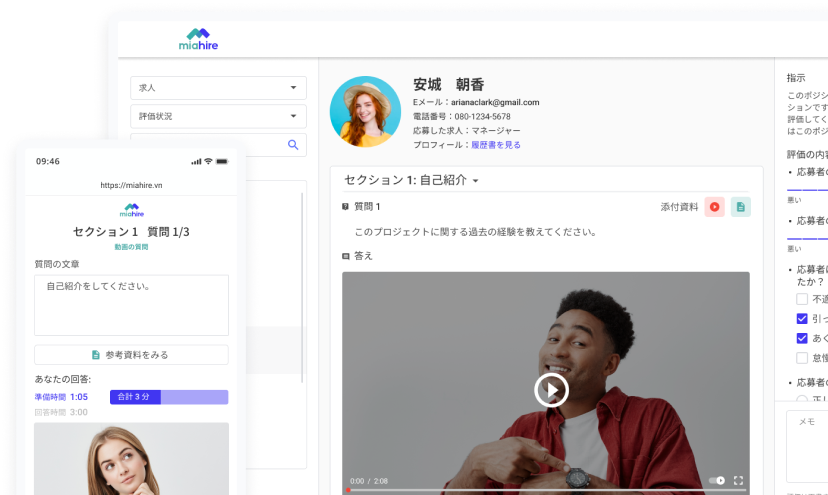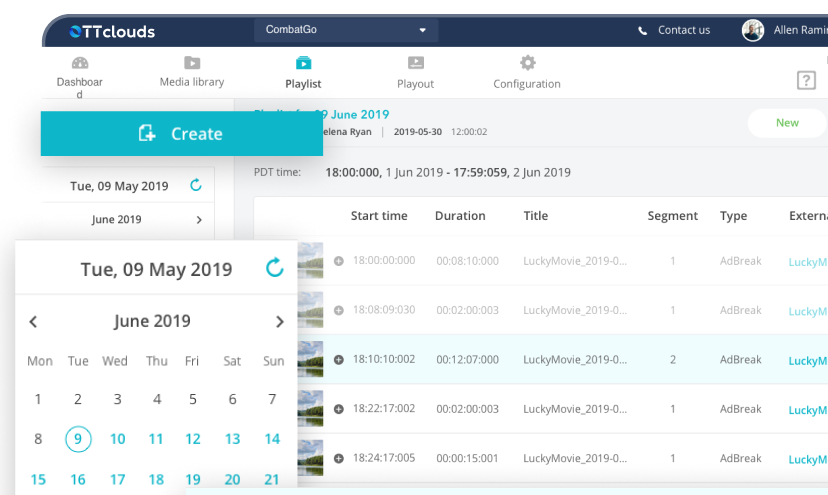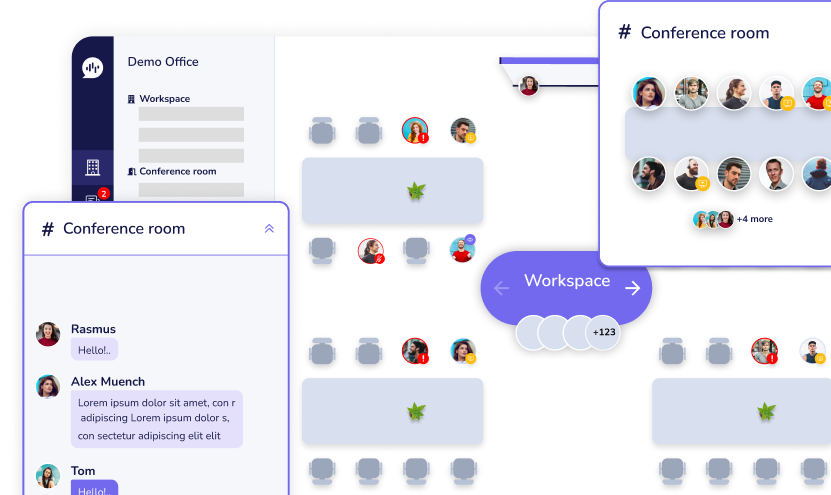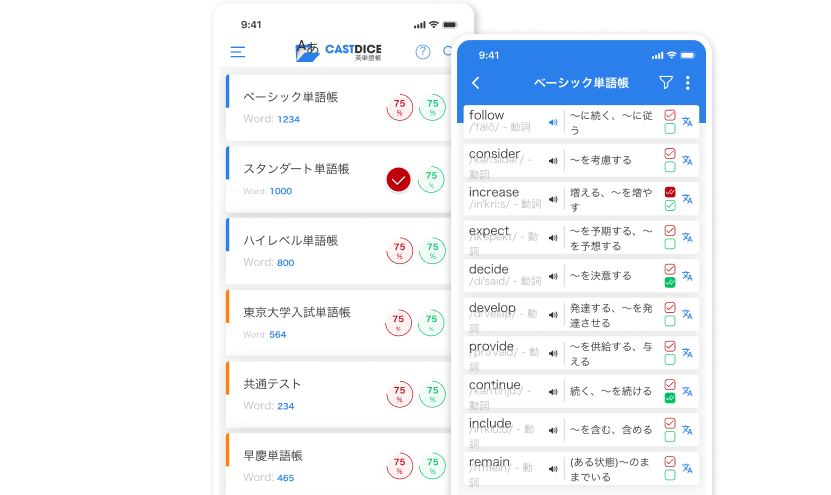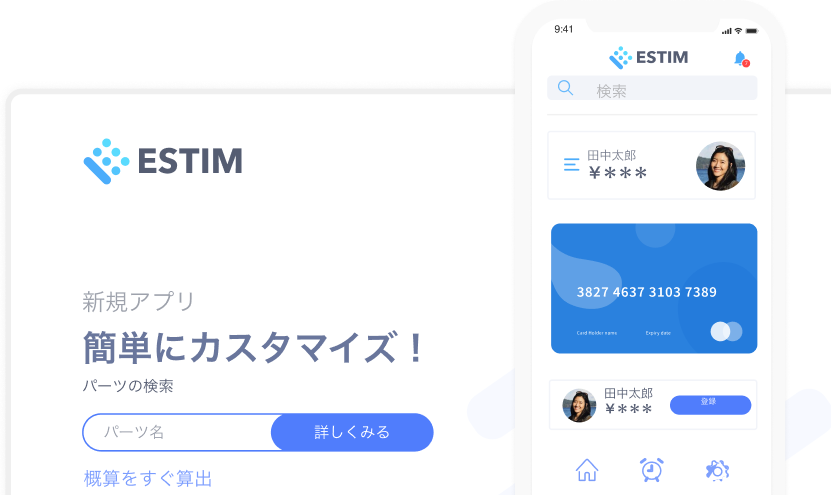Classmethod Thành Lập Công Ty Liên Doanh Tại Việt Nam
09/06/2022
2.57k

Với mục đích đào tạo nguồn nhân lực CNTT trong nước và phát triển để vươn tầm thế giới, thúc đẩy phát triển mở rộng toàn cầu với đội ngũ kỹ sư xuất sắc sử dụng sự phát triển của Agile.
Classmethod, Inc. (Trụ sở chính: Chiyoda-ku, Tokyo, Nhật Bản, Chủ tịch: Satoshi Yokota, sau đây gọi là “Classmethod”) đã thành lập chi nhánh chính thức – Classmethod Việt Nam (Viết tắt là CMVN)- ở Thành phố Hồ Chí Minh, Việt Nam vào ngày 2 tháng 3 năm 2022.
Thông qua CMVN, Classmethod sẽ tuyển dụng và đào tạo các kỹ sư CNTT tại Việt Nam, đồng thời sẽ củng cố hệ thống kỹ sư trong việc kinh doanh phát triển phần mềm và kinh doanh tư vấn liên quan đến cloud services.
Giới thiệu về Công ty TNHH Classmethod Việt Nam
Địa điểm: Tầng trệt, Tòa nhà Thiên Sơn, 5 Nguyễn Gia Thiều, Phường Võ Thị Sáu, Quận 3, Thành phố Hồ Chí Minh, Việt Nam
Ban quản trị: Chủ tịch Trương Đình Hoàng, Giám đốc Arata Fujimura
Lĩnh vực kinh doanh: Phát triển phần mềm, tư vấn về cloud services
Website: https://classmethod.vn/
Những nỗ lực phát triển mô hình offshore hiện đại
Classmethod đã hợp tác với Công ty TNHH SupremeTech (Trụ sở chính: Đà Nẵng, Việt Nam, Chủ tịch HĐQT: Trương Đình Hoàng, sau đây gọi là “SupremeTech”) để triển khai mô hình offshore hiện đại.
Mô hình offshore hiện đại là một hệ thống phát triển tạo thành một nhóm dự án với các kỹ sư CNTT xuất sắc ở nước ngoài và sử dụng Agile development nhằm lặp lại quá trình phát triển và thử nghiệm chức năng trong một khoảng thời gian ngắn. Ưu điểm là chúng tôi có thể linh hoạt đảm bảo nguồn nhân lực chất lượng và có chuyên môn cao.
Ngành công nghiệp CNTT đang phát triển nhanh chóng ở Việt Nam và chiến lược quốc gia của chúng tôi là tạo ra 1,5 triệu nhân lực CNTT vào năm 2030. Bằng cách thúc đẩy việc đào tạo CNTT, 55.000 sinh viên tốt nghiệp từ lĩnh vực CNTT được gửi đi mỗi năm tạo ra lượng lớn nguồn nhân lực trẻ. (* 1)
Bộ phận Global thuộc CX Business Headquarter của Classmethod đã và đang thúc đẩy việc ứng dụng mô hình offshore hiện đại trong công việc. Trong năm 2021, chúng tôi đã có đến 10 dự án với doanh thu hơn 200 triệu yên.
Bối cảnh thành lập CMVN
Hiện nay, việc số hóa doanh nghiệp đang được thúc đẩy trên toàn thế giới, nhu cầu về nguồn nhân lực CNTT xuất sắc ngày càng tăng không chỉ ở Nhật Bản mà còn trên toàn cầu. Ở Việt Nam, nguồn nhân lực CNTT đang thiếu hụt và cuộc chiến cạnh tranh đã bắt đầu, và việc tích cực thu nhận và phát triển nguồn nhân lực đang trở nên vô cùng cần thiết.
Classmethod thành lập CMVN liên doanh với SupremeTech với mục đích tăng cường tuyển dụng và đào tạo nguồn nhân lực tại chỗ và tạo ra hệ thống đặt hàng việc phát triển phần mềm ổn định hơn nhằm mở rộng hệ thống kỹ sư hỗ trợ kỹ thuật cho khách hàng.
Ông Arata Fujimura, thành viên Hội đồng quản trị Công ty TNHH Classmethod Việt Nam, nhận định về triển vọng tương lai như sau:
“Chúng tôi đã làm việc về agile offshore development trong ba năm qua tại Classmethod. Chúng tôi vui mừng thông báo rằng Công ty TNHH Classmethod Việt Nam đã hợp tác với SupremeTech, một đối tác phát triển lâu năm của Classmethod. Bằng cách kết hợp khả năng quản lý, tổ chức tuyển dụng, đào tạo và phát triển của công ty bản địa (SupremeTech tại Việt Nam) với khả năng phát triển nhanh, DevOps và Cloud service của Class Method, chúng tôi mong muốn có thể mở rộng sự hỗ trợ kinh doanh cho các doanh nghiệp khách hàng của chúng tôi”.
Classmethod sẽ đóng góp cho quá trình số hoá xã hội bằng cách bồi dưỡng nguồn nhân lực toàn cầu và tạo cơ hội cho họ có thể đóng góp tích cực cho sự phát triển của xã hội.
Giới thiệu về SupremeTech
Chủ tịch: (Ông) Trương Đình Hoàng
Người đại diện kiêm Giám đốc: (Ông) Nguyễn Thái Bình
Trụ sở chính: Tầng 2, Tòa nhà Ricco Số 363 Nguyễn Hữu Thọ, quận Cẩm Lệ, thành phố Đà Nẵng, Việt Nam
Website: https://www.supremetech.vn/
Lĩnh vực kinh doanh: Xây dựng hệ thống web/ thiết kế/ phát triển/ vận hành ứng dụng di động (offshore development), cung cấp dịch vụ tư vấn trải nghiệm kỹ thuật số (DX consulting business) cho khách hàng trong việc vận hành/ phát triển sản phẩm nội bộ.
Sản phẩm: Dịch vụ phân phối video OTT TVplum, dịch vụ báo giá tự động AI, dịch vụ phỏng vấn video MiaHire, văn phòng ảo Todayly.
Giới thiệu về Classmethod
Classmethod Co., Ltd. cung cấp hỗ trợ kỹ thuật cho các công ty trong lĩnh vực phân tích dữ liệu, di động, IoT, AI/ machine learning, v.v., bao gồm cả Dịch vụ Web của Amazon. Trong lĩnh vực hỗ trợ AWS, chúng tôi đã được chứng nhận là Đối tác chứng nhận cấp cao – “Premier Tier Service Partner” (trước đây là Premier Consulting Partner) kể từ năm 2015 và nhận được chứng nhận Đối tác tư vấn hàng đầu – “Premier Consulting Partner” vào các năm 2018, 2020 và 2021. Đến nay, chúng tôi có hơn 15.000 tài khoản từ 3.000 công ty.
Chúng tôi cũng đang tập trung vào việc chia sẻ những thông tin kỹ thuật của nhân viên và chúng tôi đã xuất bản hơn 30.000 bài báo trên phương tiện truyền thông thuộc sở hữu “Developers IO”. Dựa trên triết lý kinh doanh của chúng tôi là “tiếp tục đóng góp vào hoạt động sáng tạo của tất cả mọi người”, chúng tôi sẽ đề xuất các công nghệ tối ưu cho mọi người.
Trụ sở chính: 1-11 Kanda Sakuma-cho, Chiyoda-ku, Tokyo Sanpo Sakuma Building Tầng 8
Người đại diện: Satoshi Yokota, Chủ tịch kiêm Giám đốc điều hành
Lĩnh vực kinh doanh: Cloud introduction support, xây dựng cơ sở hạ tầng dữ liệu lớn, phát triển ứng dụng di động, hỗ trợ kỹ thuật LINE, hỗ trợ công nghệ AI / machine learning.
Trang web chính thức của Classmethod
Trang Facebook chính thức của Classmethod
Kênh YouTube chính thức của Classmethod
* Tên công ty và tên sản phẩm được đề cập là nhãn hiệu đã đăng ký hoặc nhãn hiệu của từng công ty.
* 1 Vietnam IT Market Report – Developers Recruitment State 2021 https://topdev.vn/


